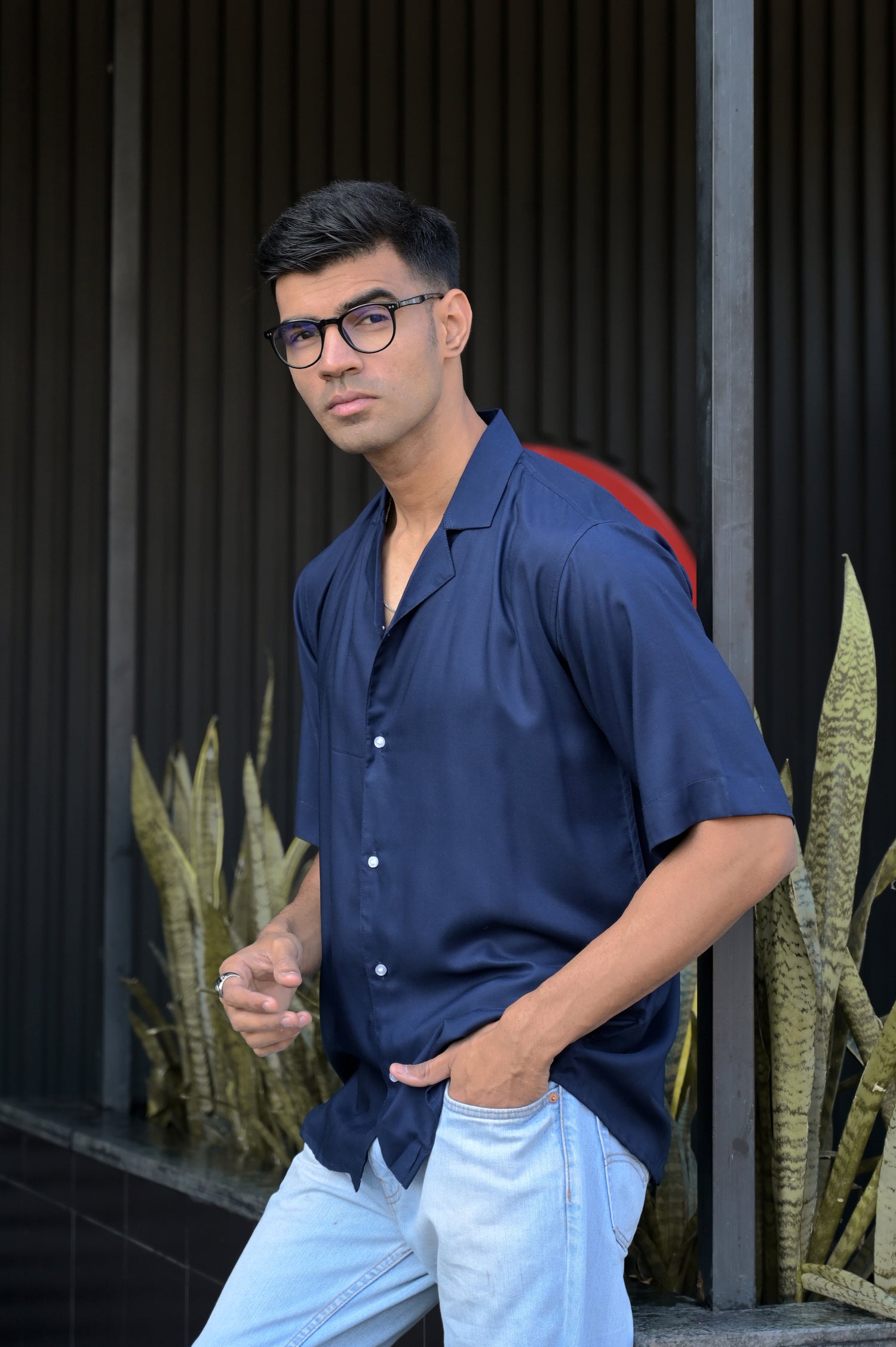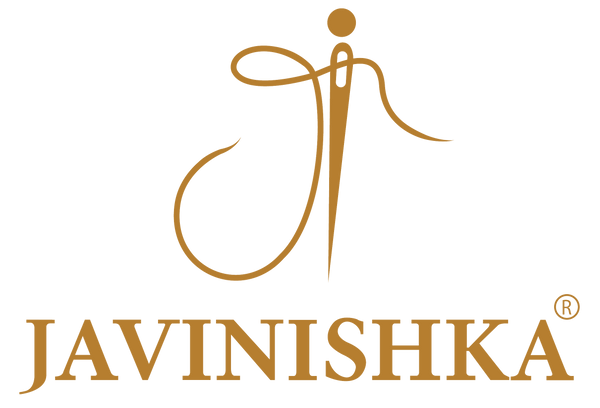In the hustle and bustle of modern life, the fashion industry often takes center stage, dictating trends and fueling consumerism. However, this fast-paced consumption comes at a significant cost to our planet. From excessive waste production to the exploitation of natural resources, the environmental impact of fast fashion cannot be ignored. But there's hope on the horizon – sustainable fashion, a movement that seeks to revolutionize the way we dress while preserving the Earth for future generations.
At the heart of sustainable fashion lies the concept of mindful consumption and ethical production. It's about making informed choices that prioritize the well-being of both people and the planet. One key aspect of sustainable fashion is the use of eco-friendly fabrics, such as khadi and lien, Viscose. These fabrics not only boast a rich cultural heritage but also offer a myriad of benefits for the environment.
Khadi, a hand-spun and hand-woven fabric originating from India, holds a special place in the world of sustainable fashion. Produced using traditional techniques that require minimal energy and water, khadi embodies the principles of sustainability. Its production supports local artisans and empowers rural communities, making it a symbol of self-reliance and social responsibility. By choosing khadi garments, consumers not only contribute to the preservation of heritage crafts but also reduce their carbon footprint. Khadi production uses minimal mechanization and traditional hand-spinning and weaving techniques, reducing energy consumption.It also conserves water by minimizing large-scale water-intensive processes and it is known for its durability, versatility, and understated elegance, making it suitable for various apparel styles.

Khadi's versatility allows for a variety of apparel styles from casual to formal, due to its understated elegance and natural texture. Khadi fabric offers countless benefits from environmental sustainability and social empowerment to quality, comfort, and cultural significance. By choosing Khadi, people can contribute to a more sustainable and inclusive fashion ecosystem while embracing timeless style and heritage.
Linen is a timeless and eco-friendly material that has been cherished for centuries. Linen's resurgence in modern fashion is largely due to its eco-friendly credentials, conventional cotton, which requires extensive water and pesticide use. Over time, linen became synonymous with luxury and elegance, gracing the wardrobes of royalty and the elite. By choosing linen garments, individuals

can make a tangible difference in reducing the fashion industry's environmental impact. Whether it's supporting ethical brands, opting for vintage and second-hand pieces, or embracing minimalist wardrobes built around timeless staples, there are countless ways to embrace sustainability in fashion.It is essential to embrace eco-friendly substitutes such as linen. Linen represents the values of eco-consciousness and ethical consumerism in addition to providing unparalleled comfort, durability, and versatility.
Viscose in the quest for sustainable fashion emerges as a frontrunner, offering a perfect blend of versatility and eco-friendliness. Derived from natural sources such as wood pulp or bamboo, viscose boasts several advantages that make it a preferred choice for conscientious consumers. In an era defined by environmental awareness, viscose stands out as a beacon of sustainable innovation in the fashion industry. Viscose production uses regeneration, extracting cellulose from renewable sources into fibers. This process reduces reliance on fossil fuels and carbon emissions, while wood pulp or bamboo is sourced sustainably from managed forests.

Viscose fabric is renowned for its exquisitely smooth texture and delicate drape, which make it a pleasure to wear. Its ability to breathe makes it comfortable in warm weather and provides a cool substitute for synthetic textiles. Viscose easily adapts to a variety of garment styles and designs, from flowy dresses to structured blouses. Because of its capacity to absorb dyes, it produces vivid, long-lasting colors that are ideal for making striking fashion statements. Viscose decomposes naturally, in contrast to synthetic fibers that remain in landfills for centuries. Clothes made of viscose naturally break down at the end of their lifecycle, reducing their impact on the environment and promoting a circular fashion economy.
Ditching fast fashion brands in favor of sustainable alternatives is not merely a trend – it's a necessity. The fashion industry is one of the largest polluters globally, generating vast amounts of waste and greenhouse gas emissions. By supporting sustainable fashion, we can challenge this status quo and pave the way for a more eco-conscious future. It's about redefining our relationship with clothing and embracing a slower, more mindful approach to fashion consumption.
But sustainable fashion is not just about the fabrics we choose – it's also about the values we uphold. Ethical production practices, fair wages, and transparent supply chains are all integral to the sustainability equation. By supporting brands that prioritize these principles, consumers can align their fashion choices with their environmental and ethical beliefs.
Moreover, sustainable fashion extends beyond individual actions; it's a collective movement that requires collaboration and advocacy. From designers and retailers to policymakers and consumers, everyone has a role to play in shaping a more sustainable fashion industry. By raising awareness, promoting innovation, and driving change, we can build a fashion ecosystem that respects both people and the planet.

In conclusion, embracing sustainable fashion is not just a choice – it's a responsibility. By opting for eco-friendly fabrics like khadi Linen, Viscose and supporting ethical brands, we can make a positive impact on the environment and contribute to the well-being of communities worldwide. Together, let's rewrite the narrative of fashion and create a more sustainable future for generations to come. After all, saving Mother Earth starts with what we wear.



